This list includes some common and less commonly found invasive species in South Texas, but not everything.

Brazilian Peppertree (Schinus terebinthifolius): Small tree, growing to 30 feet, with a short trunk usually hidden by dense, intertwining branches. Shiny, dark green leaves have a reddish, sometimes winged, midrib, 3 to 13 finely toothed, one- to two-inch-long leaflets, and smell of turpentine when crushed. Flowers are small and white. Fruits are in clusters, glossy, green and juicy at first, becoming bright red with skin that dries to become a papery shell surrounding the seed.
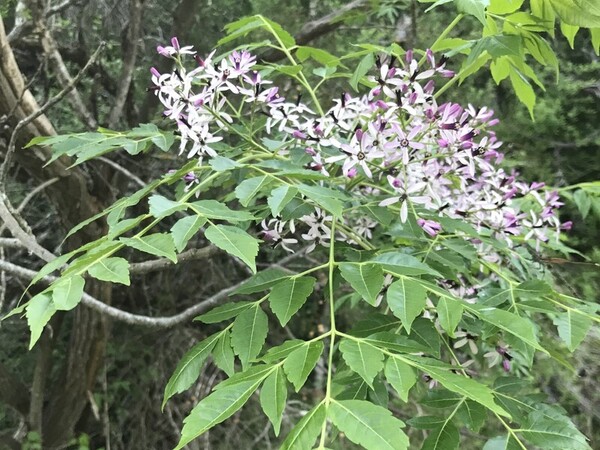
Chinaberry (Melia azedarach): Introduced from Asia in the mid-1800s as an ornamental tree. Dark green leaves are doubly compound, alternate, deciduous, and display bright yellow fall colors. Clusters of lavender flowers form spherical, yellow fruit about ½ inch in diameter that persists on the tree in winter. The bark, leaves, and fruit are poisonous to humans, some livestock and mammals, including cats and dogs.
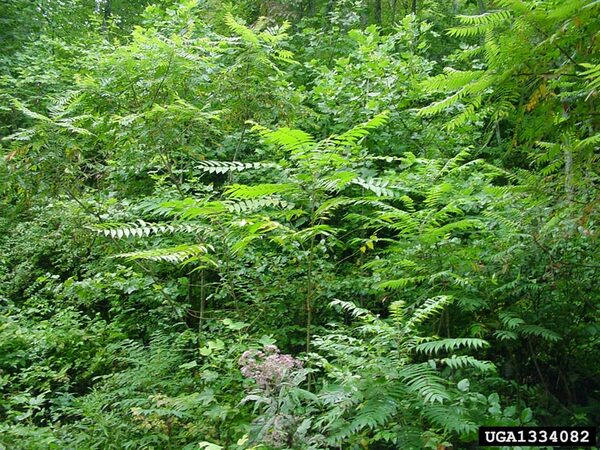
Tree-of-Heaven (Ailanthus altissima): Also known as ailanthus, Chinese sumac, and stinking sumac. Is originally from China. Rapid growing tree to 80 feet tall with alternate, compound leaves, 10 to 40 leaflets with smooth margins on one- to four-foot stalks. Large terminal clusters of small yellowish-green flowers yield wing-shaped fruit on female trees. Can quickly take over a site by forming thickets and dense stands. These trees produce toxins that prevent other trees from growing.
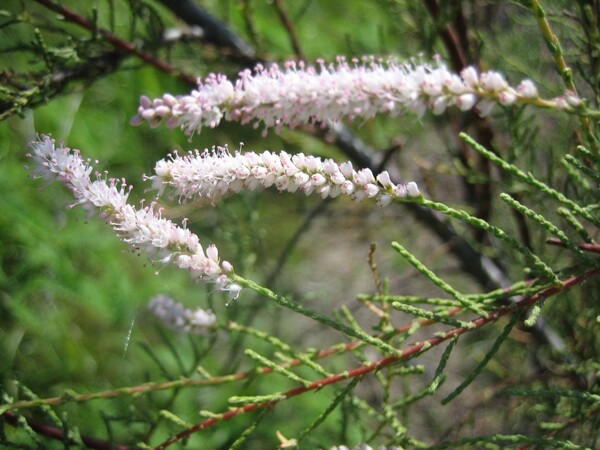
Saltcedar (Tamarix spp.): Saltcedar is characterized by slender branches and gray-green leaves. The bark of young branches is smooth and reddish-brown. As the plants age, the bark becomes brownish purple, ridged, and grooved. Leaves are scale-like, about 1/16 inch long, and overlap each other along the stem. They are often coated with salt secretions. From March to Sept., many pink to white flowers appear in dense groups on two-inch-long spikes at branch tips.
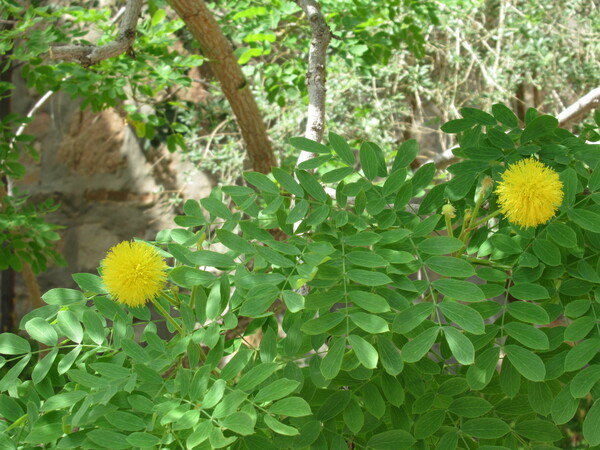
Leadtree (Leucaena leucocephala): Also known as popinac or river tamarind. Exists as a shrub or small tree up to 30 feet tall. Fern-like leaves are up to 10 inches long with 11 to 17 pairs of small leaflets. Flowers are fluffy white or cream-colored clusters. Native to Central America, it spreads rapidly, forming dense thickets. Does best in wet conditions but is resistant to drought once established.
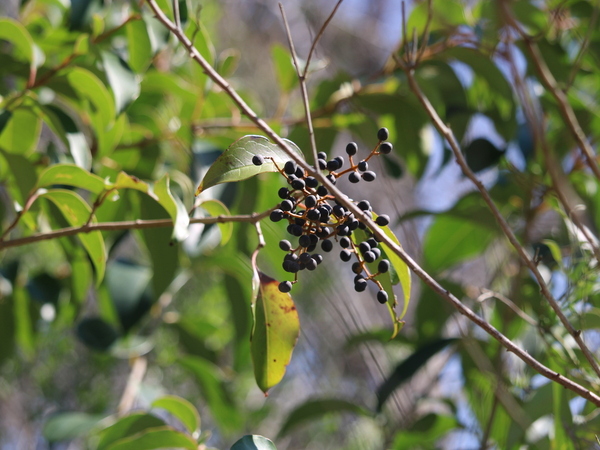
Chinese, Glossy, and Japanese Privets (Ligustrum spp.): Native to China and Europe and brought to the U.S. by the mid-1800s as ornamentals. Ligustrum can outcompete native vegetation and when not controlled can take over all the other plants, becoming the only one and changing the understory of a forest. Mostly evergreen, thicket-forming shrubs having opposite, elliptical leaves with smooth edges. Fragrant, white flowers form in spring and produce clusters of dark purple berries.
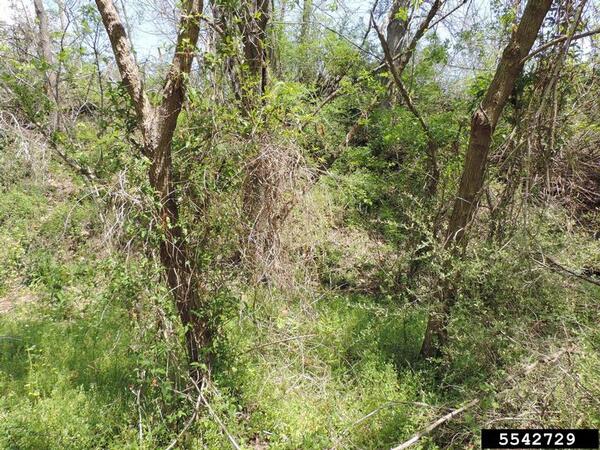
Japanese Honeysuckle (Lonicera japonica): Introduced from Japan in the early 1800s for erosion control and as an ornamental. Semi evergreen, woody vine with simple, opposite leaves. It produces white to yellow, and sometimes pink, fragrant, tubular flowers that turn into black berries from April through Sept. Spreads aggressively and forms dense mats that inhibit native vegetation.
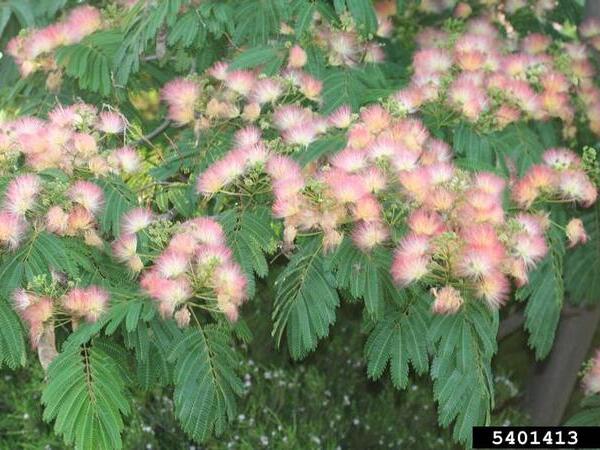
Mimosa (Albizia julibrissin): Also known as silk tree, was introduced from Asia in 1745 as an ornamental. Deciduous tree with alternate, doubly compound leaves and showy, fragrant pink blossoms. Legume, or bean, seedpods persist during winter. Leaves resemble those of honey locust.
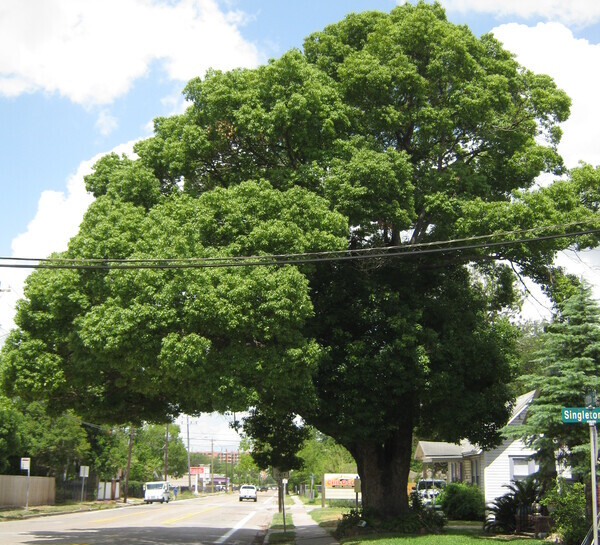
Camphor Tree (Cinnamomum camphora): Broad-leaved evergreen that is often twice as wide as it is tall. Grows up to 60 feet tall. A pungent camphor odor is produced when leaves are crushed. Densely covered with shiny, dark green, oval and elliptical leaves, up to five inches long and chalky on the underside. Young leaves are reddish. In the spring, small, yellowish-white flowers grow on three-inch spikes, which are soon replaced by black, pea-sized berries. Forms dense stands with abundant seedlings on the ground at base of parent trees.
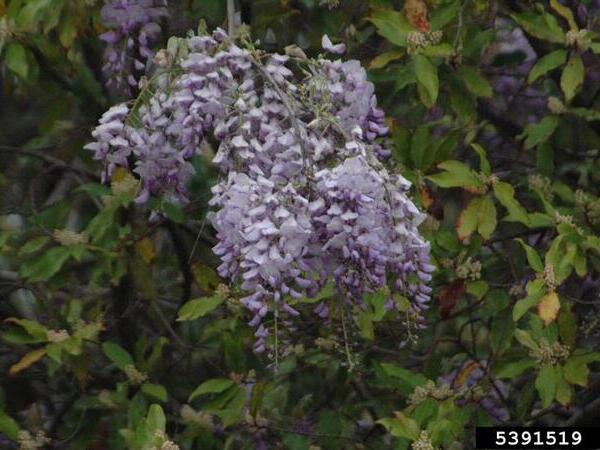
Chinese Wisteria (Wisteria sinensis): Introduced from Asia in the early 1800s as an ornamental. Deciduous, high-climbing woody vine with alternate, compound leaves up to 16 inches long. Large, fragrant, clusters of lavender to purple flowers in spring form bean-like seed pods in the fall. Spreads rapidly, often smothering trees, shrubs, and other plants with its dense, twining growth.
